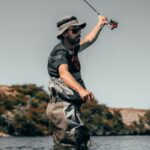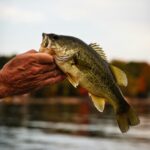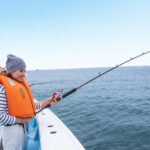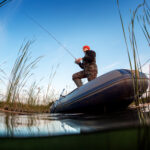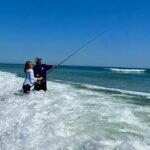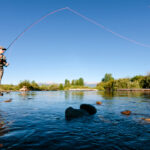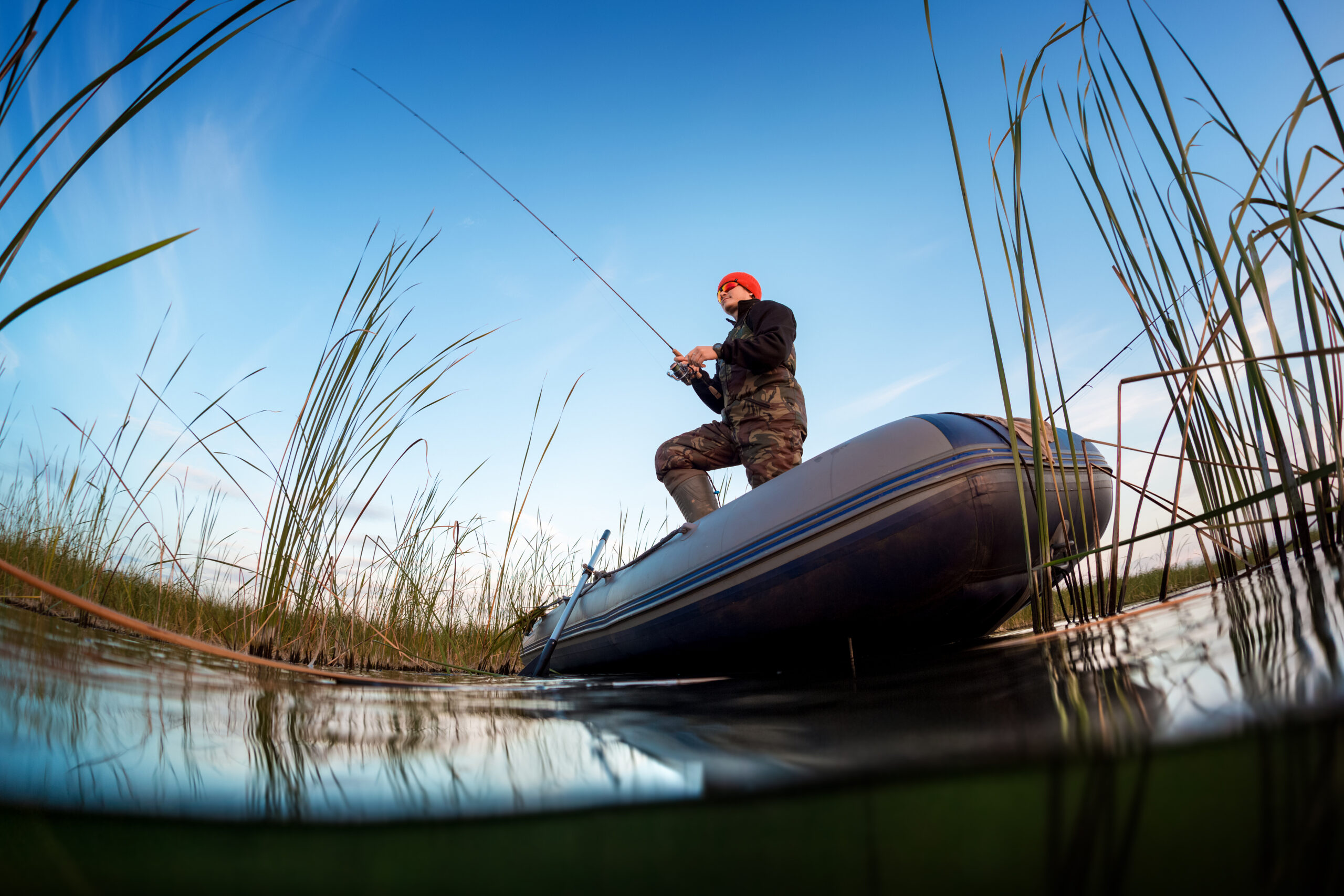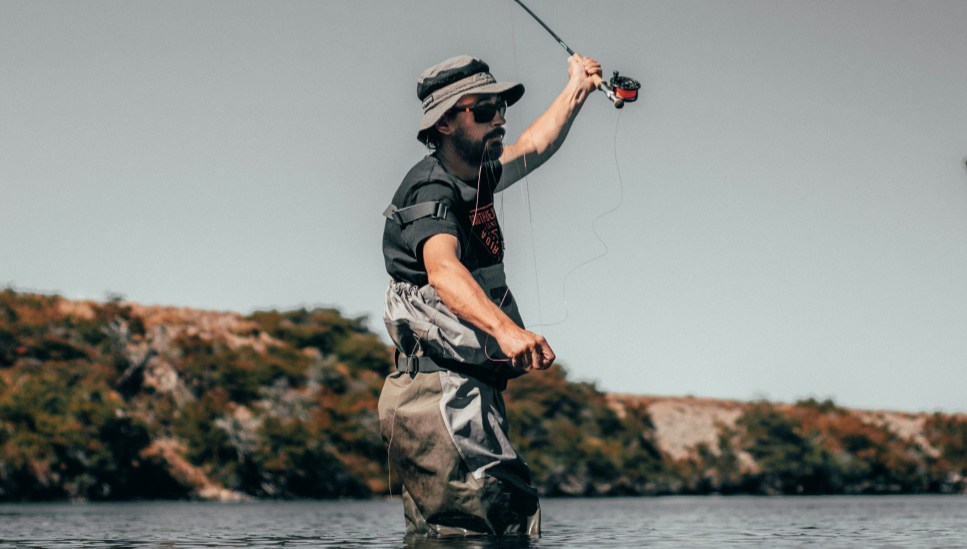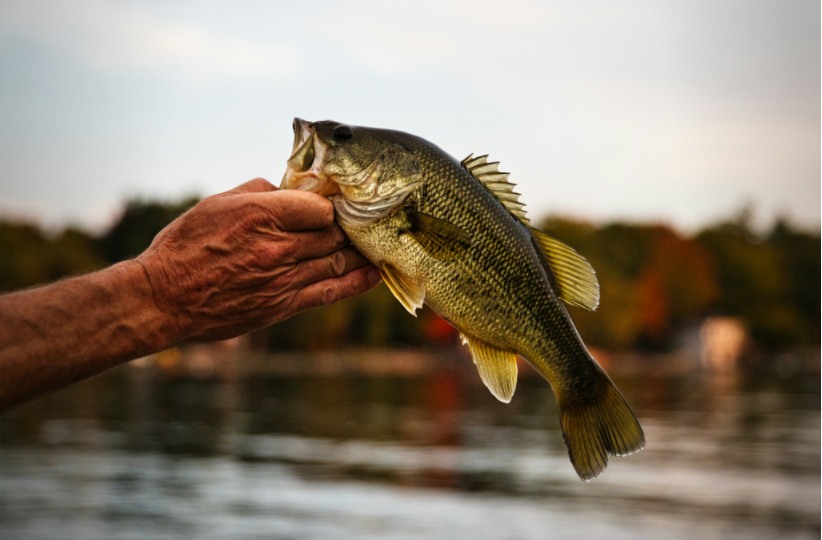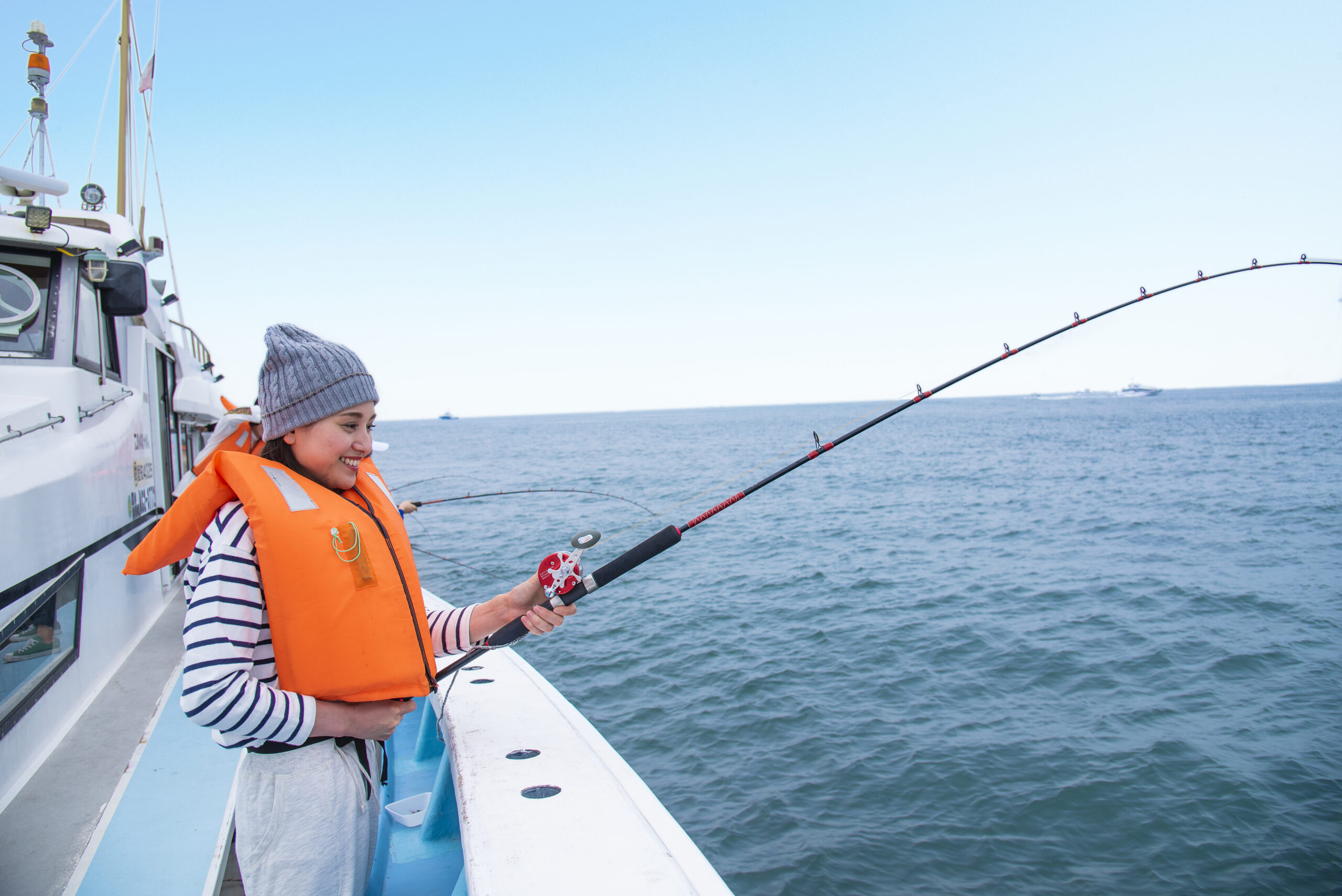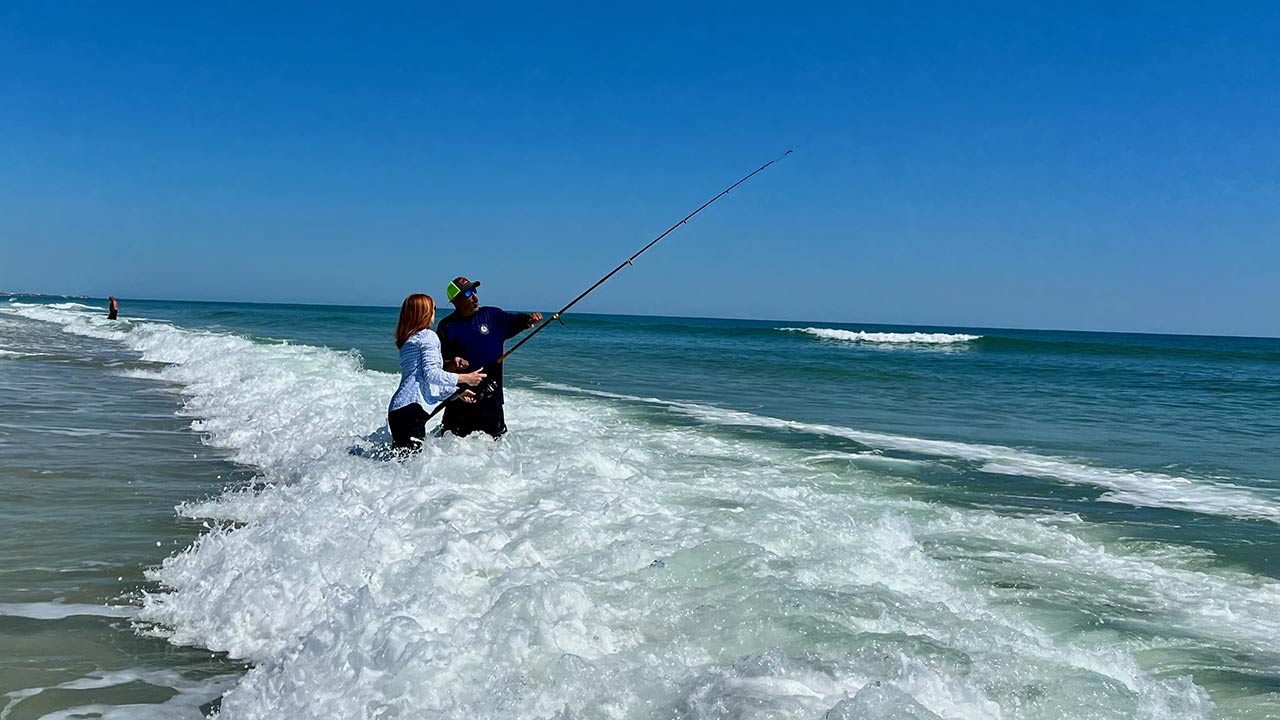Spring is one of the most exciting times of the year for anglers. As temperatures rise, fish become more active, moving from their winter holding areas to shallow waters in search of food and spawning grounds. However, understanding fish behavior in spring is crucial to knowing where and when to cast for the best success. In this guide, we’ll break down the seasonal changes in fish activity, their preferred locations, and the best times to fish so you can maximize your catch this spring.
How Spring Affects Fish Behavior
1. Water Temperature Dictates Activity Levels
Fish are cold-blooded creatures, meaning their metabolism is directly influenced by water temperature. During winter, fish tend to be sluggish, holding in deeper, more stable water. But as spring arrives and the water warms:
- Below 50°F: Fish remain somewhat inactive, but movement begins as they search for food.
- 50–60°F: Fish activity increases, and species like bass, crappie, and walleye move toward shallows.
- 60–70°F: Prime feeding and spawning time for many species, making it one of the best windows for fishing.
2. The Spawning Cycle Shapes Fish Movement
Spring is the season when many freshwater fish species spawn. Understanding their spawning cycle helps predict their movements:
- Pre-Spawn (Late Winter to Early Spring): Fish move from deep wintering holes to staging areas near shallow flats, waiting for the perfect temperature to spawn.
- Spawn (Mid to Late Spring): Fish seek protected areas like coves, weed beds, and submerged structures to lay eggs. During this period, they may become territorial, striking at intruders.
- Post-Spawn (Late Spring to Early Summer): Fish recover from spawning stress and often feed aggressively in nearby feeding zones.
Where to Cast: Finding the Fish in Spring
The key to successful spring fishing is targeting the right areas based on water temperature, structure, and fish behavior.
1. Shallow Flats and Bays (Early to Mid-Spring)
- As water warms, many species move from deep areas to shallow flats in search of food.
- Best for: Bass, crappie, bluegill, and northern pike.
- Cast near: Sandy or muddy bottoms with emerging vegetation.
2. Creek Mouths and Inflows (Mid-Spring)
- Spring rains bring runoff and nutrients into lakes and rivers, attracting baitfish—and in turn, predators.
- Best for: Walleye, bass, and catfish.
- Cast near: Areas where flowing water meets the main lake or river channel.
3. Submerged Structures (Throughout Spring)
- Rock piles, submerged logs, and artificial fish habitats provide excellent cover for fish throughout the season.
- Best for: Smallmouth bass, walleye, and crappie.
- Cast near: Drop-offs and underwater ledges near spawning areas.
4. Transition Zones (Pre- and Post-Spawn)
- These are the areas between deep wintering holes and shallow spawning flats, often ledges, creek channels, and points.
- Best for: Bass, walleye, and trout.
- Cast near: Depth changes where fish stage before moving shallow.
When to Cast: Best Times of Day for Spring Fishing
The best fishing times in spring vary based on temperature fluctuations and fish activity levels.
1. Early Morning (Dawn – 9 AM)
- Best for: Active feeding fish, especially in calm, shallow waters.
- Why: Cooler water temps overnight can keep fish near the surface at sunrise.
- Go-to tactics: Topwater lures, jerkbaits, and slow-moving jigs.
2. Late Morning to Early Afternoon (9 AM – 3 PM)
- Best for: Deeper or structure-oriented fish.
- Why: As the sun warms the water, fish move slightly deeper or find shade.
- Go-to tactics: Soft plastics, crankbaits, and live bait near drop-offs.
3. Late Afternoon to Sunset (3 PM – Dusk)
- Best for: Aggressive feeding periods before nightfall.
- Why: As temperatures cool, fish move back into shallows for one last feeding window.
- Go-to tactics: Spinnerbaits, swimbaits, and topwater plugs.
Best Lures and Baits for Spring Fishing
1. Jerkbaits
- Great for mimicking baitfish in cold water.
- Use a pause-and-twitch retrieve for lethargic fish.
2. Lipless Crankbaits
- Perfect for covering large areas and finding active fish.
- Use in shallow flats and near transition zones.
3. Soft Plastic Worms & Creature Baits
- Effective for bass in structure-heavy areas.
- Use a slow, dragging retrieve to entice sluggish fish.
4. Live Bait (Minnows, Worms, or Leeches)
- Works well in both cold and warm water.
- Best for crappie, walleye, and catfish.
Final Tips for Spring Fishing Success
- Check the weather: Cold fronts and sudden drops in temperature can make fish less active.
- Use a thermometer: Water temperature is the single most important factor in spring fishing.
- Match the hatch: Pay attention to what fish are feeding on (small baitfish, insects, or crustaceans) and mimic it.
- Stay stealthy: Clear spring waters make fish more cautious, so use light line and natural-colored lures.
Spring fishing can be unpredictable, but by understanding fish behavior, targeting the right locations, and adjusting your timing, you can increase your chances of landing more fish this season. Get your gear ready, hit the water, and enjoy some of the best fishing of the year!

